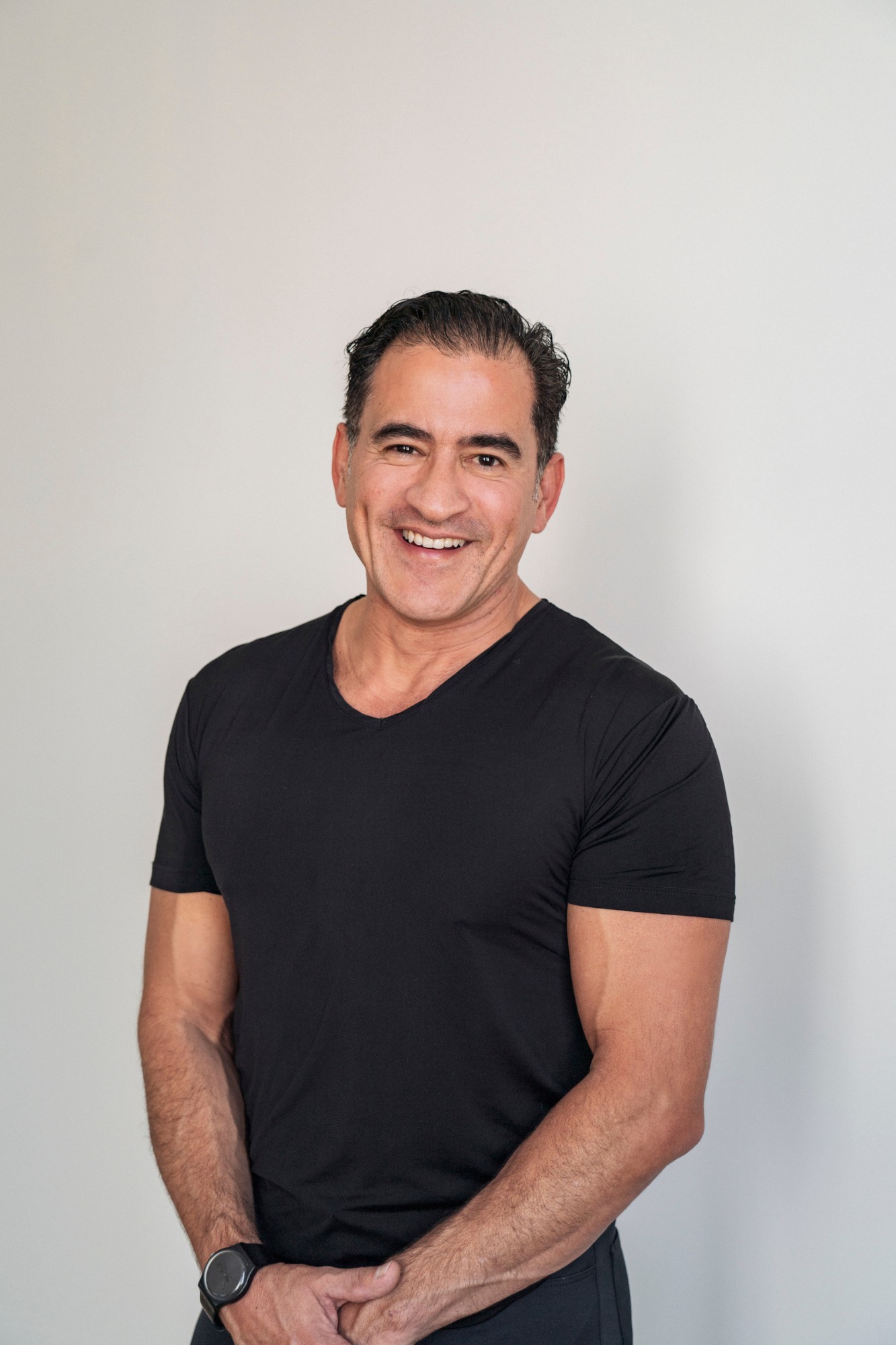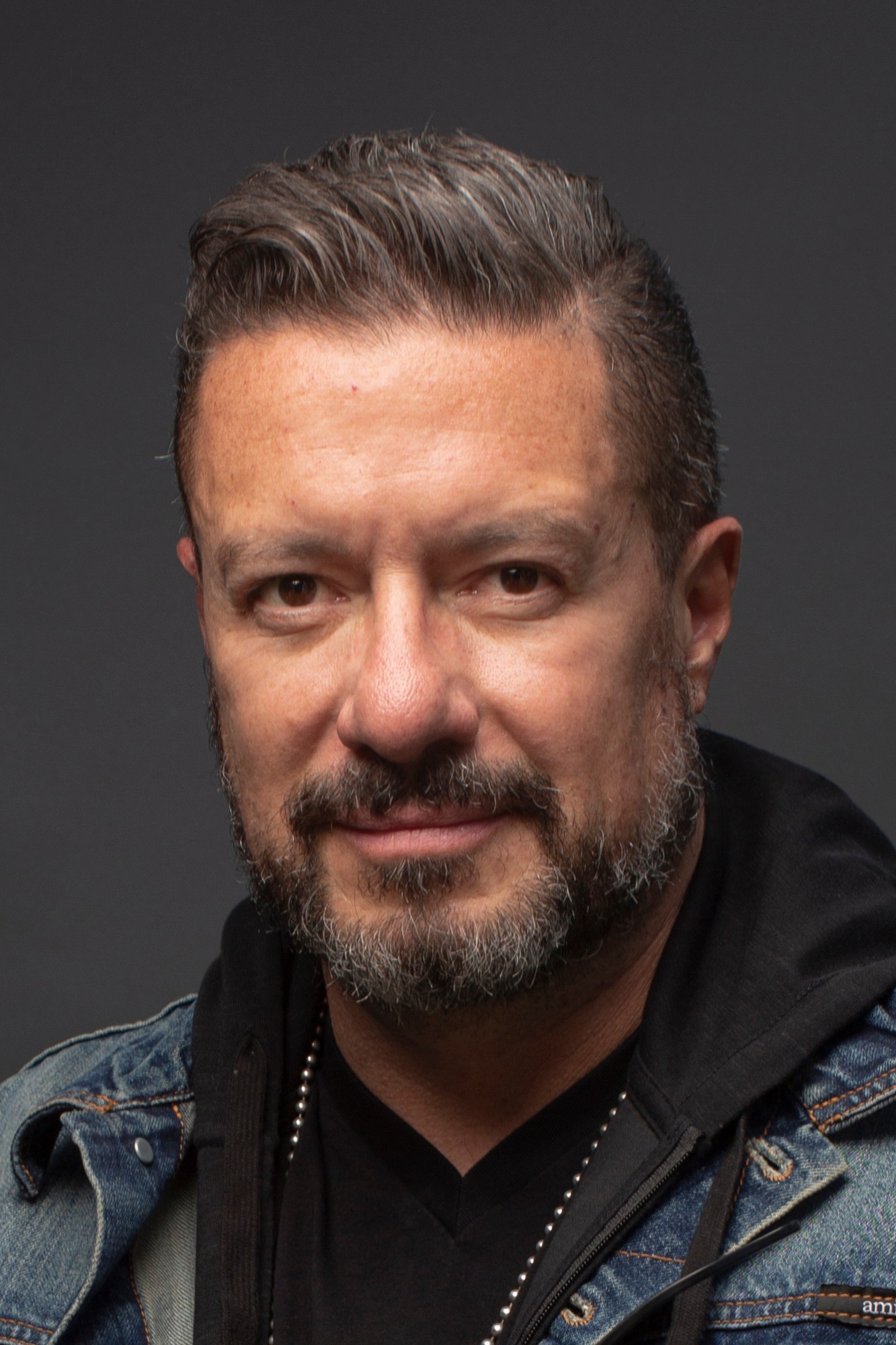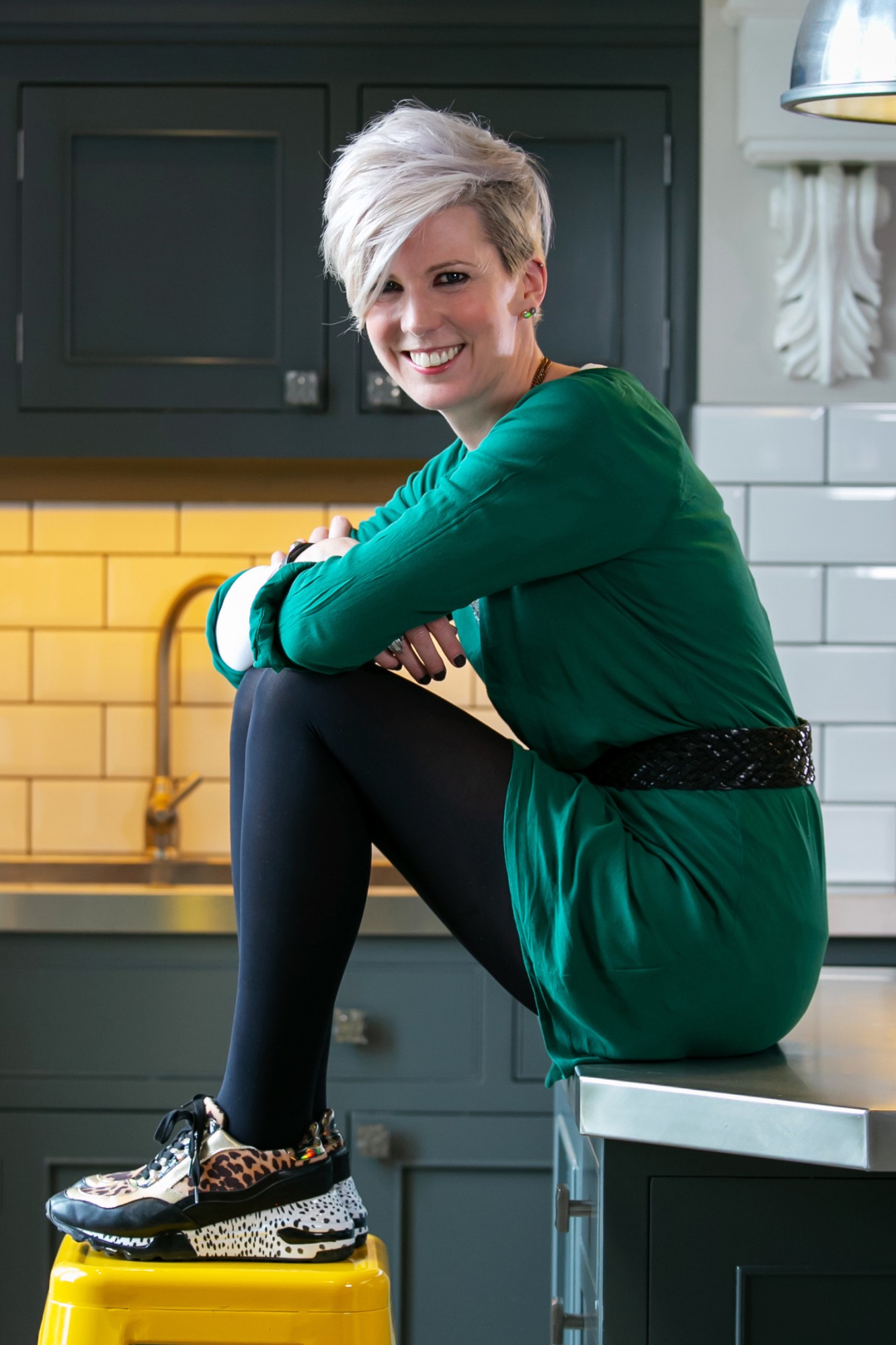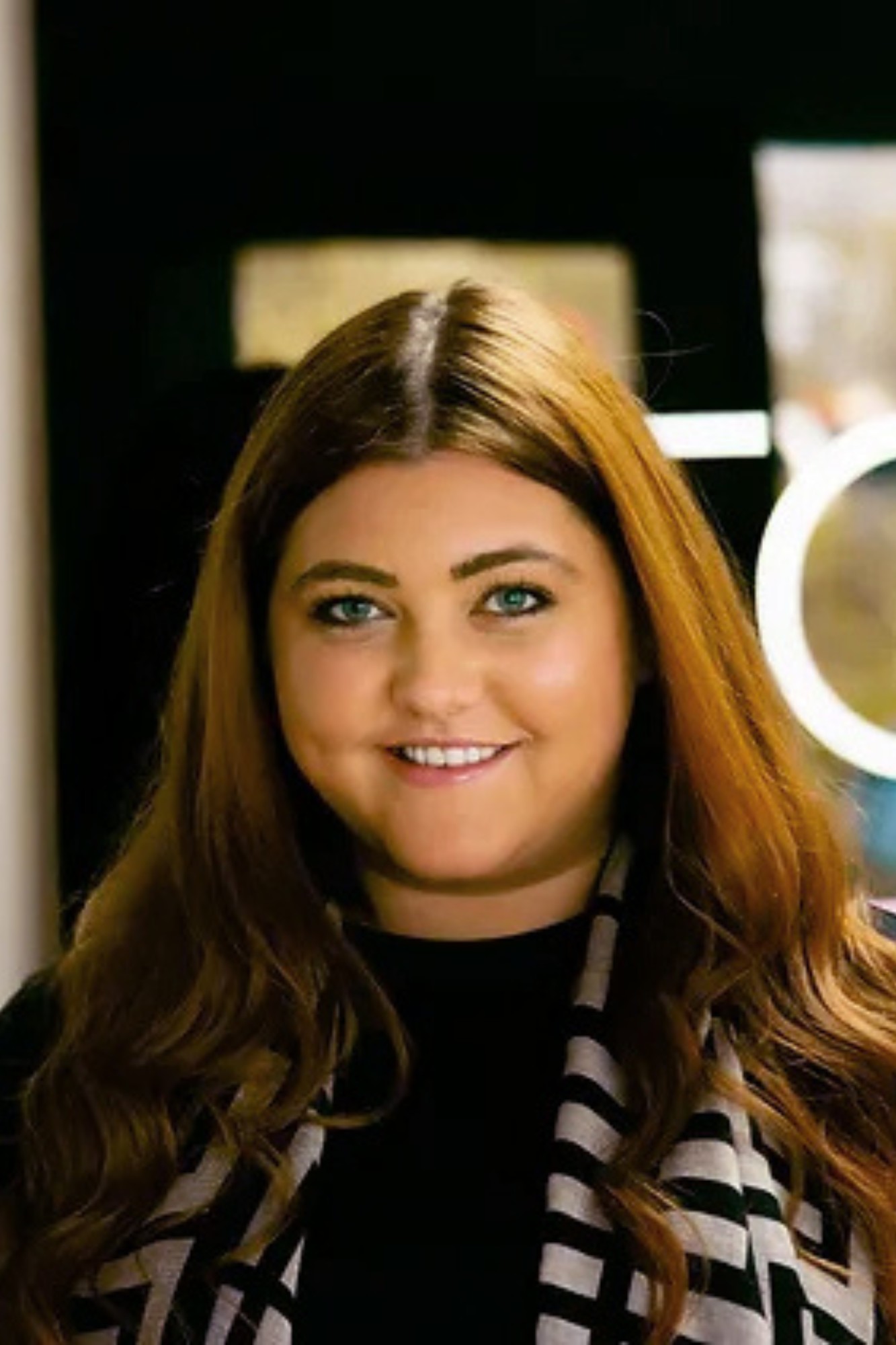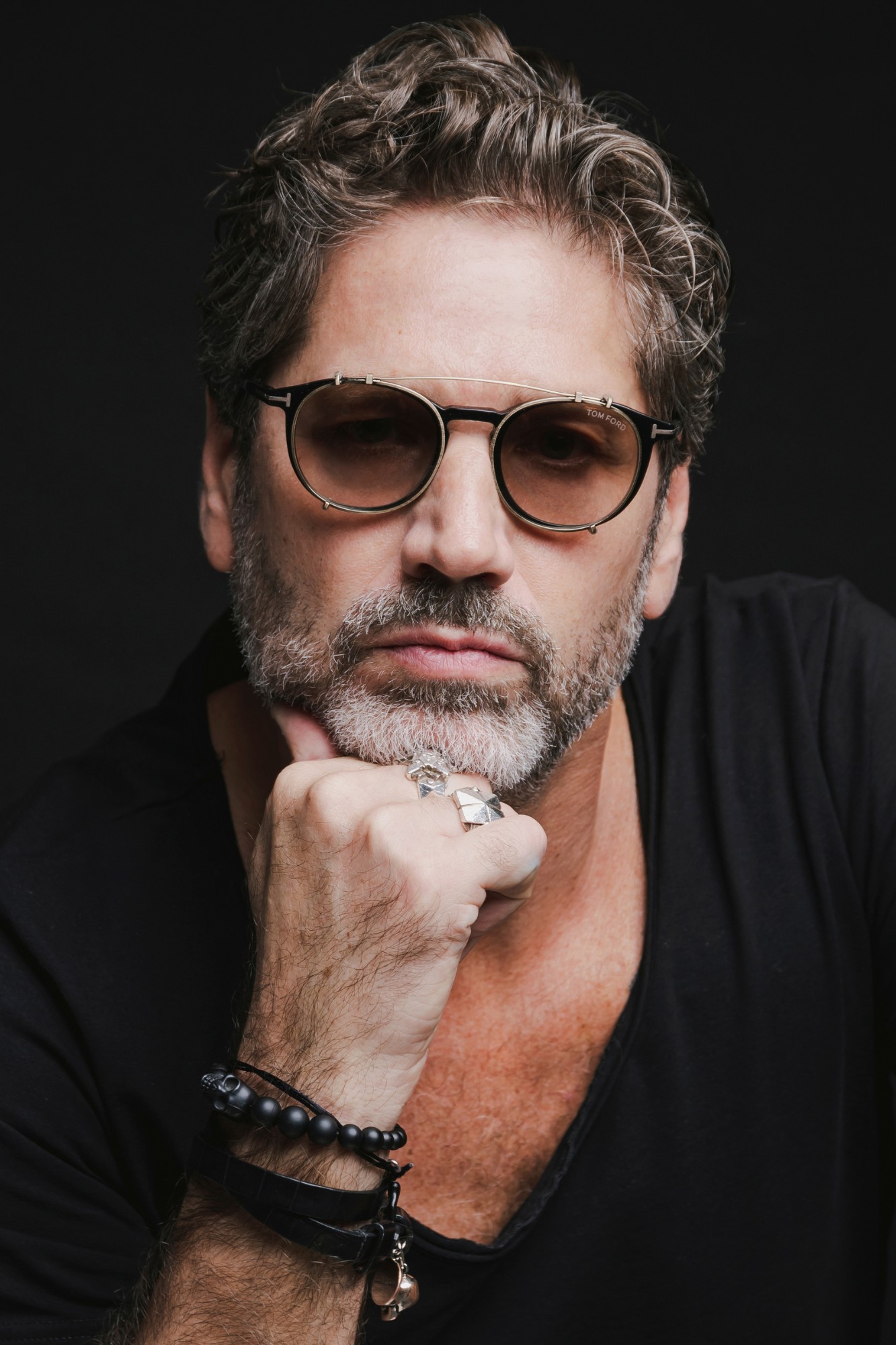This week’s instalment of the Project of the Week series features a serene spa design by 2023 SBID Awards Finalist, Rodrigo Vargas Design.
This Spa is the first of its kind, complete with personalised treatments, immersive facilities and approachable wellness offerings. The modern, warm space draws upon the principles of the golden ratio with rounded rooms, curvilinear walls and intuitive design to promote a transformative and holistic experience. Rich texture and luxurious materials embrace the client, while unexpected elements create moments of surprise and delight. Lighting sparkles in hushed golden passageways, leading to an immersive oasis, transporting the mind and body through design. Earth- borne finishes of stone, cerused wood, grass cloth and linen bring the soothing serenity of nature to one’s fingertips.






